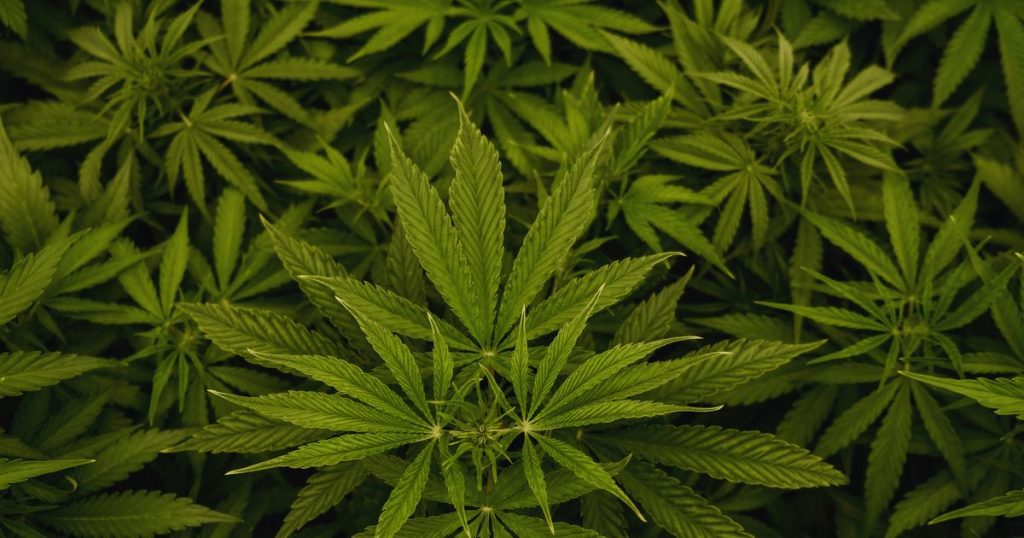For years, the federal government has classified marijuana as a Schedule I controlled substance, putting it in the same category as drugs like heroin. This classification has been a source of controversy and debate, with many arguing that marijuana is not as dangerous or addictive as other drugs in the same category. Despite growing evidence of the potential medical benefits of marijuana and an increasing number of states legalizing its use for both medical and recreational purposes, the federal government has been slow to change its stance on the drug.
One of the main arguments against the classification of marijuana as a Schedule I drug is that it is not as addictive or harmful as substances like heroin. While marijuana can be habit-forming for some users, studies have shown that it is not as physically addictive as drugs like heroin. Additionally, the potential for overdose on marijuana is much lower than with other drugs in the same category. This has led many to question why marijuana continues to be classified as a Schedule I drug, especially when it is being used by millions of Americans for medical purposes.
There is also growing evidence of the medical benefits of marijuana, which has led to an increasing number of states legalizing its use for medical purposes. Research has shown that marijuana can be effective in treating a variety of medical conditions, including chronic pain, epilepsy, and multiple sclerosis. Many patients who have not found relief with traditional medications have turned to marijuana as a way to manage their symptoms. Despite this growing body of evidence, the federal government has been slow to acknowledge the medical benefits of marijuana and continues to enforce strict regulations on its use.
In recent years, there has been a push to reclassify marijuana to a less restrictive category, such as a Schedule II drug. This would acknowledge that marijuana has some medical value while still recognizing its potential for abuse. However, the federal government has been resistant to making any changes to the classification of marijuana, citing concerns about the potential for abuse and addiction. This has created a divide between federal and state laws, as more and more states legalize the use of marijuana for both medical and recreational purposes.
Despite the federal government’s stance on marijuana, public opinion on the drug is shifting. A growing number of Americans support the legalization of marijuana for both medical and recreational use, and many states have passed laws allowing for its use. This has created a complex legal landscape, with conflicting state and federal laws regarding the use of marijuana. As more states move to legalize the drug, there is increasing pressure on the federal government to reconsider its classification of marijuana and to adapt to changing attitudes towards the drug.
In conclusion, the federal government’s classification of marijuana as a Schedule I controlled substance has long been a source of controversy and debate. Despite growing evidence of the medical benefits of marijuana and changing attitudes towards the drug, the federal government has been slow to adapt to these changes. As more states move to legalize the use of marijuana, there is increasing pressure on the federal government to reconsider its stance on the drug and to reclassify it to a less restrictive category. Ultimately, the debate over the classification of marijuana is likely to continue as attitudes towards the drug evolve and more research is conducted on its potential benefits and risks.


